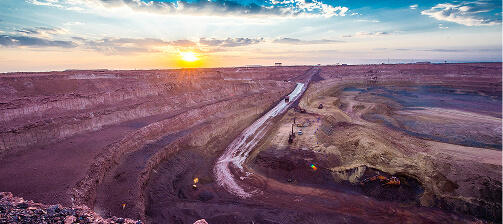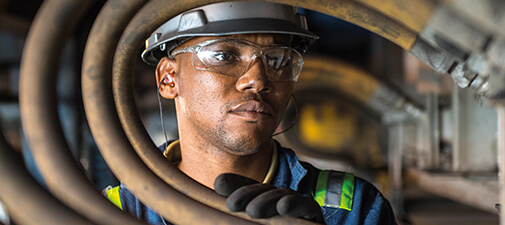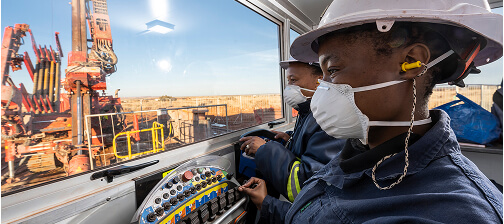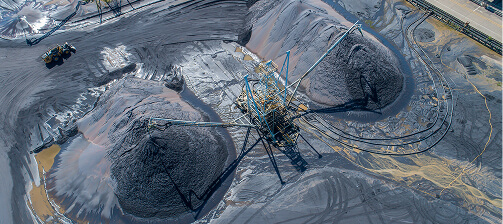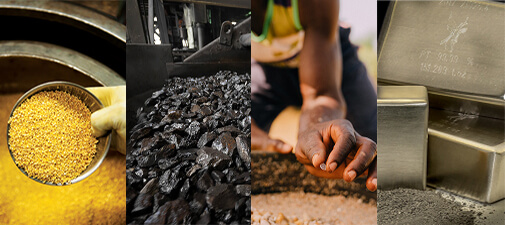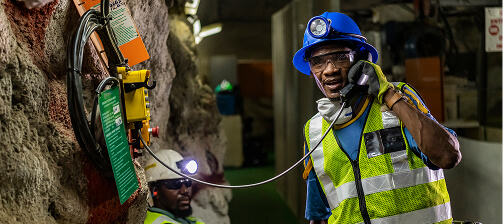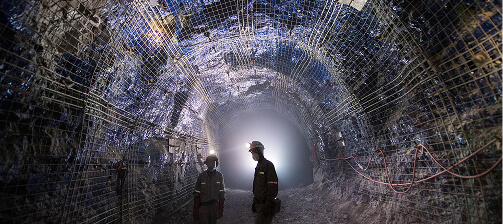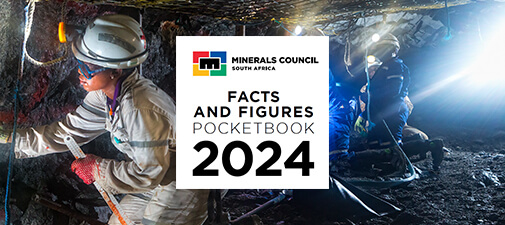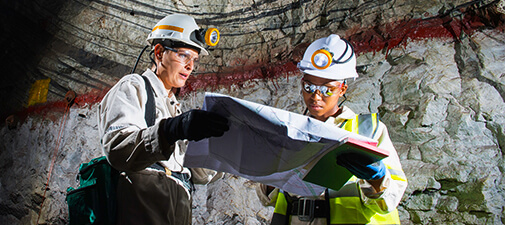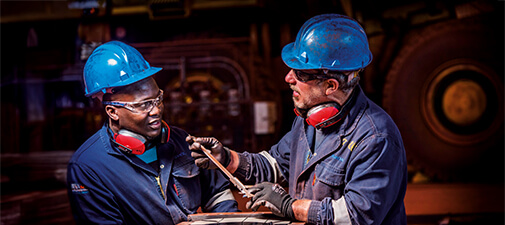On 31 August 1987, a methane gas explosion at the St Helena gold mine in Welkom caused a mine elevator to plunge 1.4km to the bottom of the mine shaft, claiming the lives of 62 people. These miners were being transported in a double-deck elevator for their morning shift at the mine’s No. 10 shaft. More than 300 miners, who were in the shaft at the time of the explosion, managed to escape by working their way through tunnels that led to other shafts.
Sometime after the event, a “solitary rescuer” was identified as saving some of the injured miners, risking his own life. The valiant rescuer was awarded a bronze medal for bravery of the highest degree by the then Chamber of Mines, now the Minerals Council South Africa.
Methane is an odourless, colourless and highly combustible gas that occurs naturally in many coal mines and some gold mines. If a build-up of methane is not detected timeously, it can ignite from a small spark. Today, better detection technology and communications channels have improved the capacity of mines to manage the methane threat. Methane gas is monitored underground using wireless detection systems. These systems are used to monitor methane gas and carbon monoxide levels, which send precise gas-level readings to surface computer systems. Machines and electricity supplies are automatically shut off once methane gas levels reach 1.5%.
The Leon Commission of Inquiry of 1993 led the way to the establishment of the Mine Health and Safety Council (MHSC). The work done at the time pointed clearly to the methane gas explosions as a key area of concern in mine safety and health. The Mining Regulation Advisory Committee, under the auspices of the MHSC, appointed a tripartite task team to advise on measures to be taken in mitigating the risk of methane ignitions, although the focus of their study was on methane ignitions in coal mines where methane gas is more prevalent. The task team was further tasked with compiling guidelines for the Mandatory Code of Practice for the Prevention of Flammable Gas Explosions in Mines Other than Coal Mines. The Code of Practice can be accessed here: https://bit.ly/3ASZlsL
The Minerals Council South Africa and its members are committed towards zero harm, and to ensuring that every mineworker returns home from work unharmed every day. Through the lessons learnt from tragedies such as St Helena, we strive to avoid incidents of any kind – all of which can so easily turn into a tragedy affecting many people and their loved ones.
![Logo MCSA [logo]](/templates/chamber/images/logo.svg)

